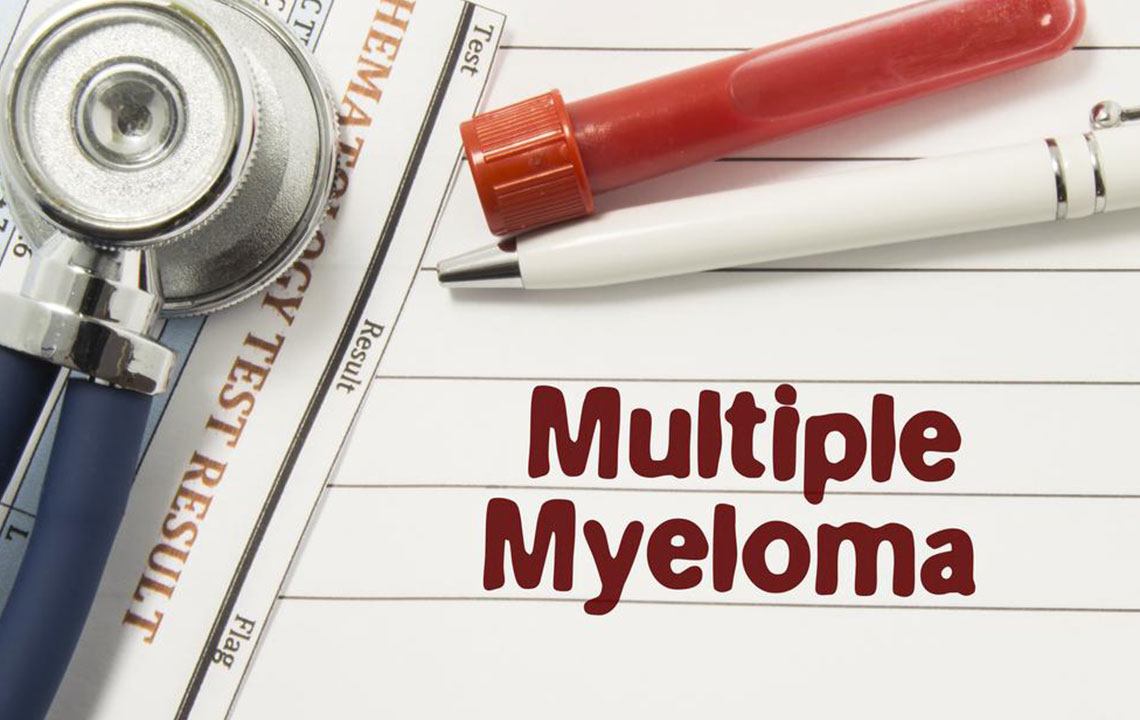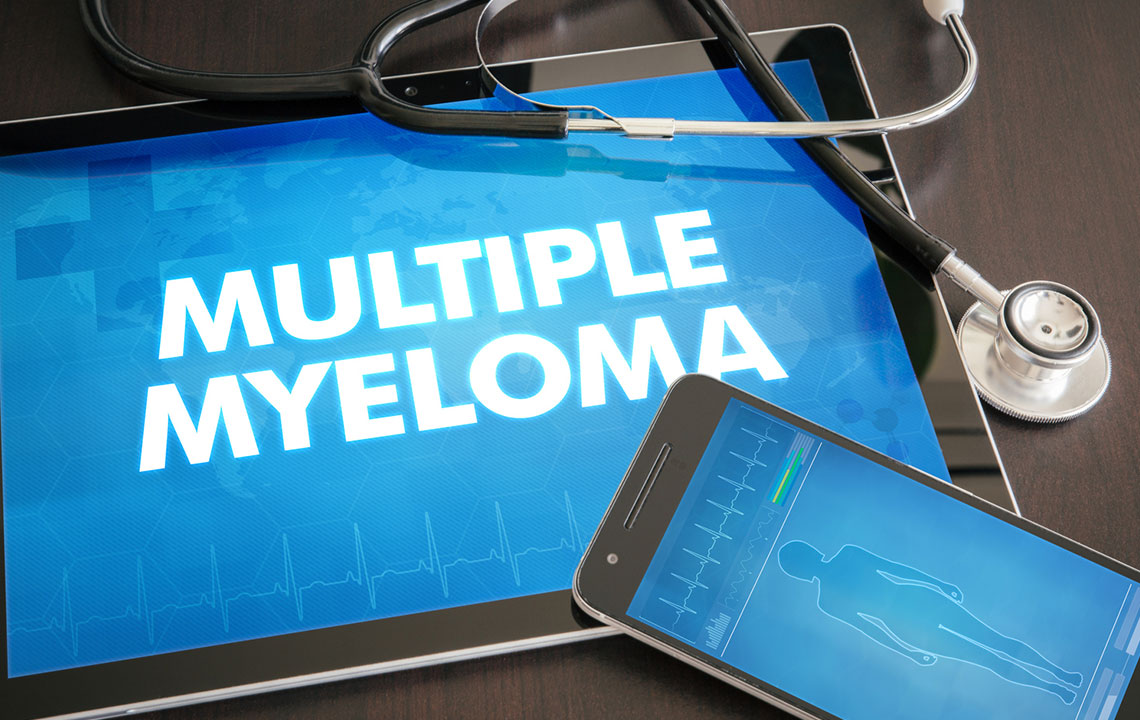Understanding Non-Hodgkin Lymphoma: Key Facts and Treatment Insights
Learn essential facts about non-Hodgkin lymphoma, including its causes, types, spread mechanisms, and treatment options. Early diagnosis and professional consultation are vital for effective management of this complex disease.

Understanding Non-Hodgkin Lymphoma: Key Facts and Treatment Insights
Non-Hodgkin lymphoma (NHL) encompasses over 200 distinct cancer types, each with unique characteristics and treatment approaches. In the U.S., approximately 72,000 new NHL cases are diagnosed annually. Some forms progress slowly and may not require immediate therapy, while others grow rapidly, necessitating prompt treatment. NHL primarily involves abnormal lymphocytes, a type of blood cell, which multiply uncontrollably, forming tumors often in lymph nodes but potentially affecting organs like the stomach, skin, or testes. The disease spreads through lymphatic pathways and blood, forming new tumors at distant sites. Treatment varies based on the lymphoma’s stage and subtype, with options including chemotherapy, immunotherapy, and targeted therapy. The exact cause remains unknown, but exposures to chemicals and immune-suppressing drugs may increase risk. Consulting healthcare professionals is essential for personalized care, understanding treatment benefits, and managing side effects.
Note: This article provides general information about non-Hodgkin lymphoma. It should not replace professional medical advice. Always seek guidance from qualified healthcare providers for diagnosis and treatment decisions.










